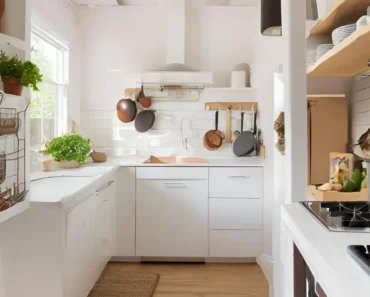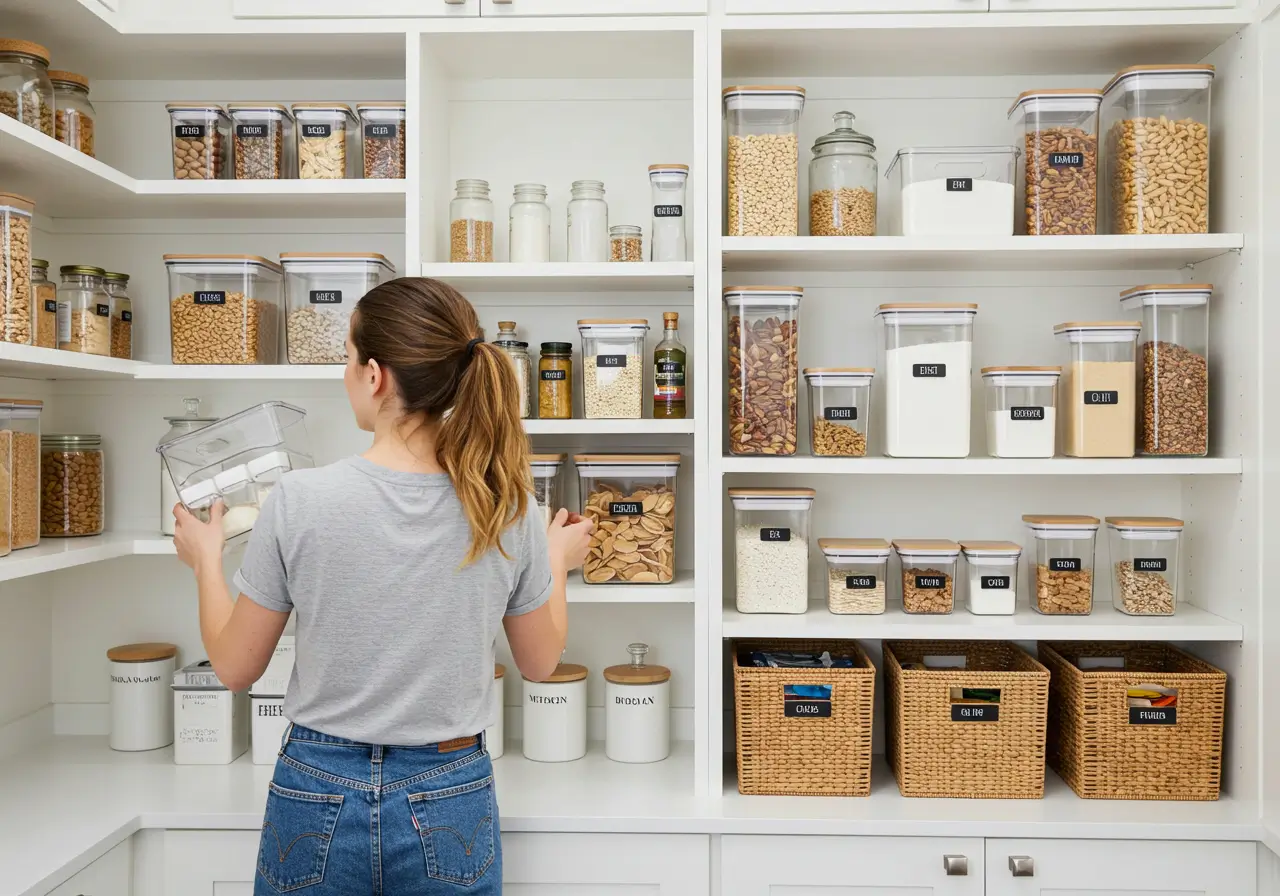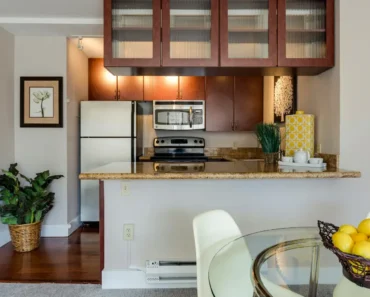You’re framing a new wall, installing hardwood floors, or building a deck. As you place wood directly against concrete, a question emerges: Do you need a barrier between concrete and wood? The short answer is almost always yes. Concrete might seem solid and impervious, but it actually wicks moisture like a sponge. This moisture transfer can destroy wood through rot, mold, and insect infestation. This comprehensive guide explores why barriers are essential, the different types available, installation best practices, and how to avoid costly mistakes. Whether you’re a DIY enthusiast or a professional builder, understanding this critical interface will save you from future headaches and repair bills.
The Concrete-Wood Problem: Why Moisture Matters
Concrete and wood seem like perfect partners in construction—one provides strength and stability, the other offers flexibility and warmth. But they have a fundamental incompatibility: moisture behavior. Concrete consistently releases moisture through evaporation, even when it appears completely dry.
The Science Behind Moisture Transfer:
- Concrete porosity: Concrete contains countless microscopic pores that absorb and release moisture
- Capillary action: Moisture moves through concrete via capillary forces, similar to how a paper towel absorbs water
- Alkalinity: Concrete has a high pH (typically 12-13) that can degrade certain materials over time
- Thermal bridging: Concrete transfers temperature differently than wood, creating condensation points
Without a proper barrier between concrete and wood, moisture migrates into the wood, creating ideal conditions for mold growth, wood rot, and insect infestation. The American Wood Protection Association states that wood moisture content above 20% supports fungal growth, while concrete often maintains moisture levels that can elevate wood moisture content well beyond this threshold.
When You Absolutely Need a Barrier: Non-Negotiable Applications
While most concrete-wood interfaces require protection, some situations demand absolutely mandatory moisture barriers.
Below-Grade Applications
Any wood contacting concrete below ground level requires maximum protection. This includes:
- Basement wall framing
- Wood sill plates on foundation walls
- Sleepers on basement floors
- Under-deck structures
Ground-Level Contacts
Even at grade level, moisture protection remains critical:
- Deck posts on concrete footings
- Sill plates on slab foundations
- Garage door framing
- Steps and landings
Types of Barriers: Materials and Applications
Various materials serve as effective barriers between concrete and wood. Each offers different advantages depending on your specific application.
| Barrier Type | Best Applications | Advantages | Limitations |
|---|---|---|---|
| Polyethylene Sheeting (6-mil) | Under slabs, between sleepers and concrete | Inexpensive, readily available, effective vapor barrier | Can tear easily, requires careful installation |
| Closed-Cell Foam Tape | Sill plates, bottom plates of walls | Compresses to seal irregularities, provides insulation | Not for heavy moisture exposure, limited compression recovery |
| Liquid-Applied Membranes | Complex shapes, irregular surfaces | Conforms to any shape, seamless application | Application skill required, drying time needed |
| Rubberized Asphalt Membranes | Foundation walls, below-grade applications | Self-adhering, excellent moisture protection | Higher cost, can be messy to install |
| Pressure-Treated Wood | Direct concrete contact applications | Acts as its own barrier, no additional materials needed | Chemical concerns, can still warp if overly wet |
Building Code Requirements: What the IRC Mandates
In the United States, the International Residential Code (IRC) provides specific requirements for moisture protection between concrete and wood elements.
Key IRC Provisions:
- R317.1: Requires damp-proofing between wood siding and concrete surfaces
- R403.1.6: Mandates moisture protection for wood in contact with concrete or masonry
- R502.1.1: Specifies requirements for sleepers and furring strips on concrete floors
- R703.8: Details flashing requirements at concrete-wood intersections
According to the International Code Council, these provisions exist to prevent moisture damage and extend structure longevity. Local amendments may add additional requirements, so always check with your local building department.
Installation Techniques: Doing It Right
Proper installation matters as much as material selection. Even the best barrier will fail if installed incorrectly.
Sill Plate Installation
The connection between foundation and framing is particularly vulnerable. Follow these steps:
- Clean concrete surface thoroughly
- Apply foam tape or membrane to wood member
- Place wood on concrete with barrier in between
- Fasten with anchor bolts at required spacing
- Seal perimeter with elastomeric sealant if needed
Warning: Never rely on adhesives alone for structural connections. Always use mechanical fasteners (anchor bolts, screws, or nails) as required by code.
Sleepers on Concrete Floors
When installing wood sleepers for flooring:
- Test concrete moisture content (should be below 4-5% for most applications)
- Install polyethylene vapor retarder if concrete is below grade
- Use pressure-treated wood sleepers
- Allow air space between sleepers for ventilation
- Fasten with concrete screws or powder-actuated fasteners
Moisture Testing: Know Before You Build
Before installing any wood against concrete, test the moisture content of both materials.
Concrete Moisture Tests
- Calcium chloride test: Measures moisture vapor emission rate (MVER)
- Relative humidity test: Uses in-situ probes to measure internal humidity
- Polyethylene sheet test: Simple DIY method—tape plastic to concrete and check for condensation after 24 hours
Wood Moisture Content
- Use a pin-type moisture meter for accurate readings
- Wood should be within 2-4% of the equilibrium moisture content for your region
- For most US regions, target 8-12% moisture content for interior wood
- For exterior applications, 12-16% is typically acceptable
Common Mistakes and How to Avoid Them
Even experienced builders make errors with concrete-wood interfaces. Avoid these common pitfalls:
| Mistake | Consequence | Solution |
|---|---|---|
| Using standard wood instead of pressure-treated | Rapid rot and insect damage | Always use pressure-treated wood for direct concrete contact |
| Inadequate fastening | Structural failure during high winds or earthquakes | Follow IRC requirements for anchor bolt spacing and size |
| Ignoring capillary breaks | Moisture wicking up through foundation walls | Install capillary break (foam tape, membrane) below sill plate |
| Using too-thin poly sheeting | Punctures and tears compromise moisture protection | Use 6-mil minimum thickness, 10-mil for heavy traffic areas |
Special Applications: Unique Situations and Solutions
Some concrete-wood interfaces require specialized approaches beyond standard barrier methods.
Post Bases and Deck Footings
Wood posts on concrete footings present particular challenges:
- Use galvanized or stainless steel post bases to elevate wood above concrete
- Ensure positive drainage away from post bases
- Consider composite shims to level posts without wood-concrete contact
- Apply waterproof coating to bottom of posts even when using metal bases
Stair Stringers on Concrete
Wood stairs on concrete pads need careful attention:
- Use pressure-treated stringers
- Install rubber or plastic pads between stringers and concrete
- Provide drainage under bottom step to prevent water accumulation
- Seal cut ends of pressure-treated wood for maximum protection
Long-Term Maintenance: Ensuring Lasting Protection
Even properly installed barriers require periodic inspection and maintenance.
Annual Inspection Checklist:
- Check for signs of moisture damage (discoloration, soft wood)
- Inspect sealants for cracking or separation
- Look for insect activity near concrete-wood interfaces
- Ensure drainage slopes away from foundations and posts
- Verify that ventilation openings remain unobstructed
The APA – The Engineered Wood Association provides detailed technical bulletins on maintaining wood-concrete connections in various environments.
Conclusion: Better Safe Than Sorry
The question isn’t whether you need a barrier between concrete and wood, but which type is appropriate for your specific application. While a very few specific circumstances might allow direct contact (such as certain types of pressure-treated wood on well-cured, above-grade concrete in arid climates), the vast majority of situations require some form of moisture protection. The small investment in proper materials and installation pales in comparison to the cost of repairing rot damage, eliminating mold, or rebuilding structural elements. By understanding the why behind the requirement, selecting appropriate materials, and installing them correctly, you ensure your construction stands the test of time and moisture.
Frequently Asked Questions
1. Can I use tar paper as a barrier between concrete and wood?
While tar paper (building felt) provides some moisture resistance, it is not recommended as a primary barrier between concrete and wood. It compresses over time, losing its effectiveness, and doesn’t provide a consistent moisture barrier. Use specialized products like closed-cell foam tapes or rubberized membranes instead.
2. How long does concrete need to cure before placing wood against it?
Concrete reaches most of its strength within 7 days but continues curing for years. For moisture purposes, wait at least 30 days before placing wood against new concrete. In damp conditions or with thick pours, wait 60-90 days and always test moisture content before proceeding.
3. Is pressure-treated wood sufficient without an additional barrier?
Modern pressure-treated wood (rated for ground contact) can often be placed directly against concrete without additional barriers. However, for critical structural elements or in consistently wet conditions, adding a foam tape or membrane provides extra protection against moisture and creates a better capillary break.
4. Can I use silicone caulk as a moisture barrier?
Silicone caulk provides excellent water resistance but should not be used as the primary moisture barrier between concrete and wood. It compresses unevenly under load and doesn’t provide consistent separation. Use caulk as a supplemental sealant at edges after installing proper barrier materials.
5. How much does a proper concrete-wood barrier system cost?
Quality barrier materials add minimal cost to a project. Closed-cell foam tapes cost $0.50-$1.00 per linear foot, rubberized membranes run $1-$2 per square foot, and 6-mil polyethylene sheeting costs $0.15-$0.30 per square foot. Compared to the cost of repairing moisture damage, this represents excellent value.



